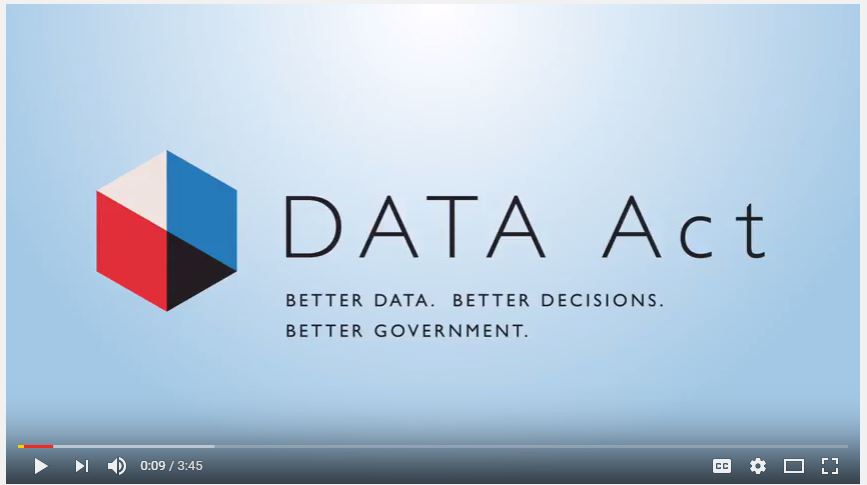About Federal Spending Transparency
In May 2014, the U.S. Department of Treasury and the Office of Management and Budget led the government wide implementation of the Digital Accountability and Transparency Act of 2014 (DATA Act) (P.L. 113-101), making federal spending data more accessible, searchable, and reliable. It not only made it easier to understand how the federal government spends taxpayer dollars but also served as a tool for better oversight, data-centric decision-making, and innovation both inside and outside of government.
This collaboration space is designed to openly share our process for meeting the data transparency requirements of the DATA Act. Years later, as that implementation has matured, this space is used to memorialize historical documents and provide new resources for updated information. Our sister site — USAspending.gov — is where you will find the results of this work: data you can search, view, and download. We invite you - the public - to interact with our site and share your feedback and questions on our Community Page!
Operating in the spirit of transparency, we use GitHub repositories for all our code. This external communication platform allows both internal and external stakeholders to monitor the progress of the Data Transparency efforts. To provide feedback on the code, please file an issue on the relevant GitHub repository. You can find a list of all repositories here!
Please view this brief video to hear from executive leaders and key stakeholders on how DATA Act leads to better data, better decisions, better government.
Explore Further
About: Learn more about the pieces of legislation leading to the implementation of the DATA Act
Data Model and Standards: Read more about how the Data Standards evolved into the Government Spending Data Model (GSDM) and its associated data elements
User-Centered Design and Agile: Take a look at how the Data Transparency team iteratively improves USAspending
Get Involved and Helpful Links: Find ways to get involved and help us improve government data
